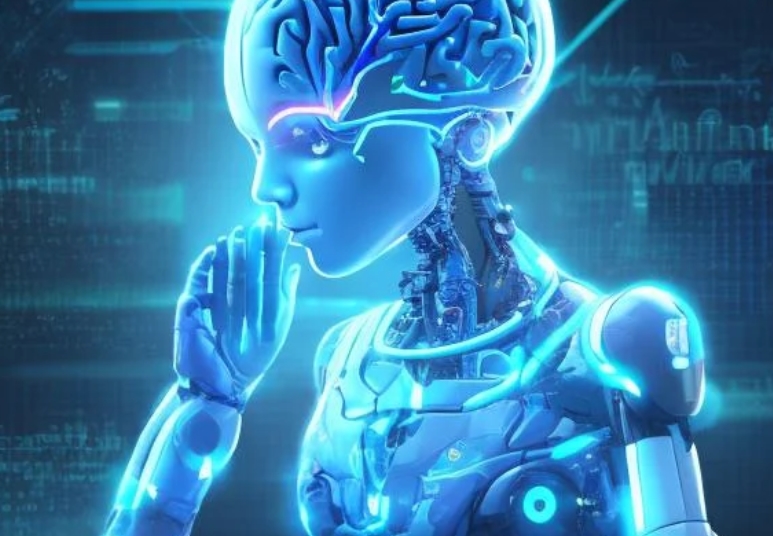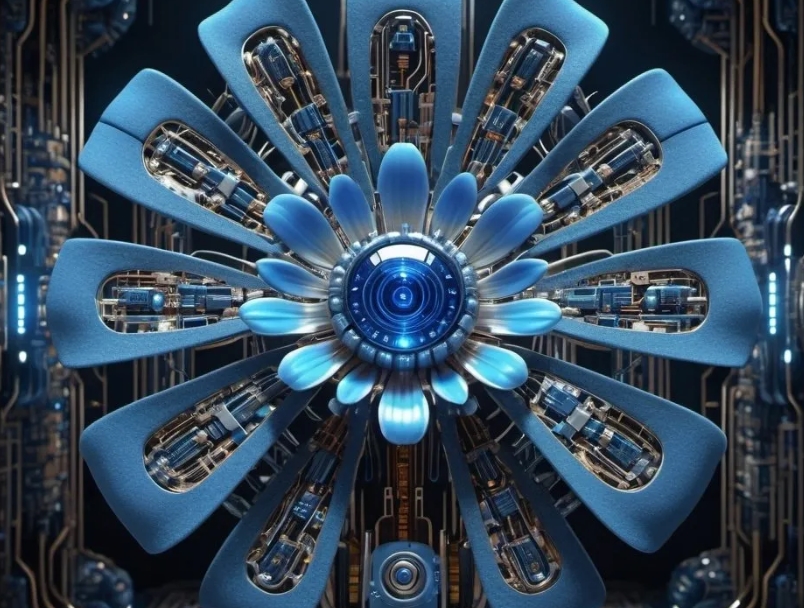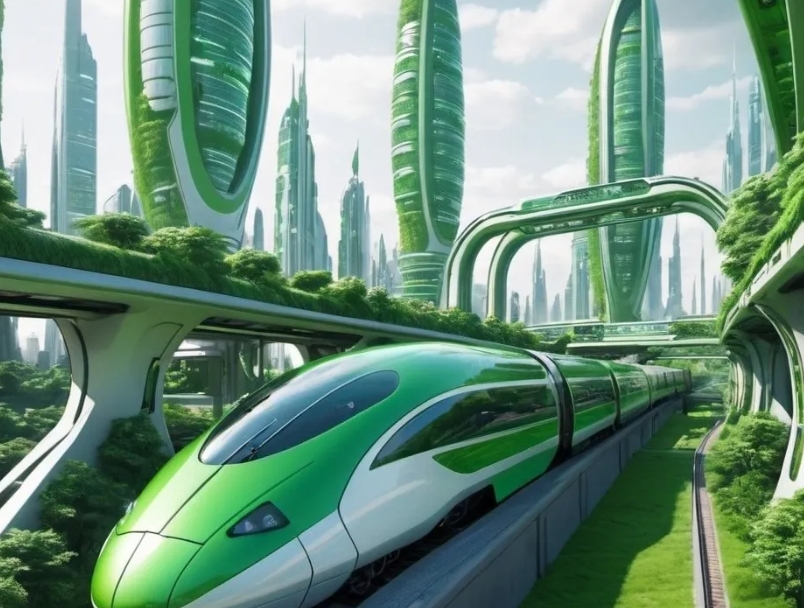
As artificial intelligence advances, its fusion with robotics is unlocking new possibilities. This article examines the future of AI-powered robotics, focusing on emerging technologies, applications, and their transformative effects across various sectors.
1. Advanced Perception and Cognition
Future AI-driven robots will possess enhanced sensing abilities:
Computer Vision:
- 3D object recognition in complex settings
- Real-time analysis of dynamic environments
Natural Language Processing:
- Smooth human-robot communication
- Contextual understanding of language nuances
Emotional Intelligence:
- Recognizing and responding to human emotions
- Adapting behavior based on social cues
2. Improved Dexterity and Mobility
AI will provide robots with advanced physical abilities:
Soft Robotics:
- Flexible grippers for delicate tasks
- Nature-inspired biomimetic designs
Bipedal and Quadrupedal Locomotion:
- Robots navigating diverse terrains with enhanced balance and agility
Swarm Robotics:
- Coordinated behavior among multiple robots
- Collective problem-solving and task execution
3. Autonomous Decision-Making
AI will bolster robots' capacity for complex decisions:
Reinforcement Learning:
- Robots learning through trial and error
- Adapting strategies to unpredictable contexts
Ethical Decision-Making:
- Implementing moral guidelines in robot behavior
- Balancing multiple objectives in decision-making
Predictive Analytics:
- Anticipating future scenarios and planning accordingly
- Proactive problem-solving and maintenance
4. Human-Robot Collaboration
The future will feature closer integration between humans and robots:
Cobots (Collaborative Robots):
- Safe interactions in shared work environments
- Enhancing human capabilities across various tasks
Intuitive Interfaces:
- Brain-computer interfaces for direct control of robots
- Augmented reality improving human-robot interaction
Adaptive Learning:
- Robots learning from human demonstrations
- Customizing behavior to individual user preferences
5. Healthcare and Assistive Robotics
AI-driven robots will transform healthcare:
Surgical Robots:
- Enhanced precision in minimally invasive procedures
- Remote surgery capabilities
Elderly Care Robots:
- Providing companionship and assistance
- Monitoring health and notifying caregivers
Rehabilitation Robots:
- Tailored physical therapy routines
- Adaptive support for individuals with disabilities
6. Industrial and Manufacturing Applications
AI will revolutionize factories and production lines:
Adaptive Manufacturing:
- Robots capable of switching tasks seamlessly
- Real-time optimization of production processes
Quality Control:
- AI-driven visual inspection systems
- Predictive maintenance of machinery
Supply Chain Optimization:
- Autonomous warehouse management
- Coordinated logistics and delivery systems
7. Environmental and Exploration Robotics
AI-powered robots will address global challenges:
Ocean Exploration:
- Autonomous underwater vehicles for deep-sea research
- Monitoring and conserving marine ecosystems
Disaster Response:
- Robots for search and rescue in hazardous situations
- Autonomous assessment of disaster-stricken areas
Space Exploration:
- AI-driven rovers exploring other planets
- Self-maintaining systems for long-duration space missions
8. Ethical and Societal Considerations
The rise of AI-powered robotics presents vital concerns:
Job Displacement:
- Managing workforce transitions and retraining initiatives
- Exploring new economic frameworks (e.g., universal basic income)
Privacy and Security:
- Ensuring data protection in interactions between humans and robots
- Preventing misuse or hacking threats
Accountability and Liability:
- Clarifying responsibility in incidents involving robots
- Establishing legal frameworks for AI and robotics
9. Challenges and Limitations
Despite rapid advancements, challenges persist:
Energy Efficiency:
- Creating long-lasting, portable power sources
- Optimizing energy use during complex tasks
Adaptability:
- Designing robots for unstructured environments
- Ensuring learning applications across varied tasks and scenarios
Ethical AI:
- Developing transparent and unbiased decision-making systems
- Adhering to human values and social norms in robot behavior
10. The Road Ahead
The potential of AI-powered robotics is immense:
- Seamless Integration: Robots becoming integral to daily life
- Enhanced Capabilities: Continuous AI improvements leading to advanced robotic systems
- Collaborative Ecosystems: Networks of AI-driven robots teaming to tackle complex challenges
- Personalization: Robots tailored to individual needs and preferences
As AI and robotics evolve, we are on the cusp of a new era where intelligent machines increasingly shape our world. While challenges exist, the potential benefits in healthcare, environmental conservation, and space exploration are tremendous. Moving forward, it will be essential to address ethical issues and align AI robotics development with human values and societal needs.
american-boffin.com
bfbchamp.com
democraticcoma.com
tigrepelvar.com
charpoles.com
derbywheelblazers.com
fansfocus.net
guildnow.com
hediyeteyze.com
isprimecdn.com
kiira-korpi.net
manutd24.com
mediumtylerhenry.com
mishanghai.org
savethreestrikes.com
smilesbydavis.com
10puntos.net
band-shirt.com
icelandtrails.com
paulmarioday.com
thefunnynanny.com
Dave Tries Ballet
Buon Grande
Criacao Sites
Perry Perkins Books
Writing Essay in AU
Ka Soku
Blood is Blood Movie
Eleanor Writes Things
The Happy Prince Beirut
Town of Witless Bay
Online Igrovoi Club
Trigeminal Neuralgia - Ronald Brisman MD
Chocolate City Burlesque
Advanced Electric Scooters
W Tougei
Breadboard Maniac
Takasu App


